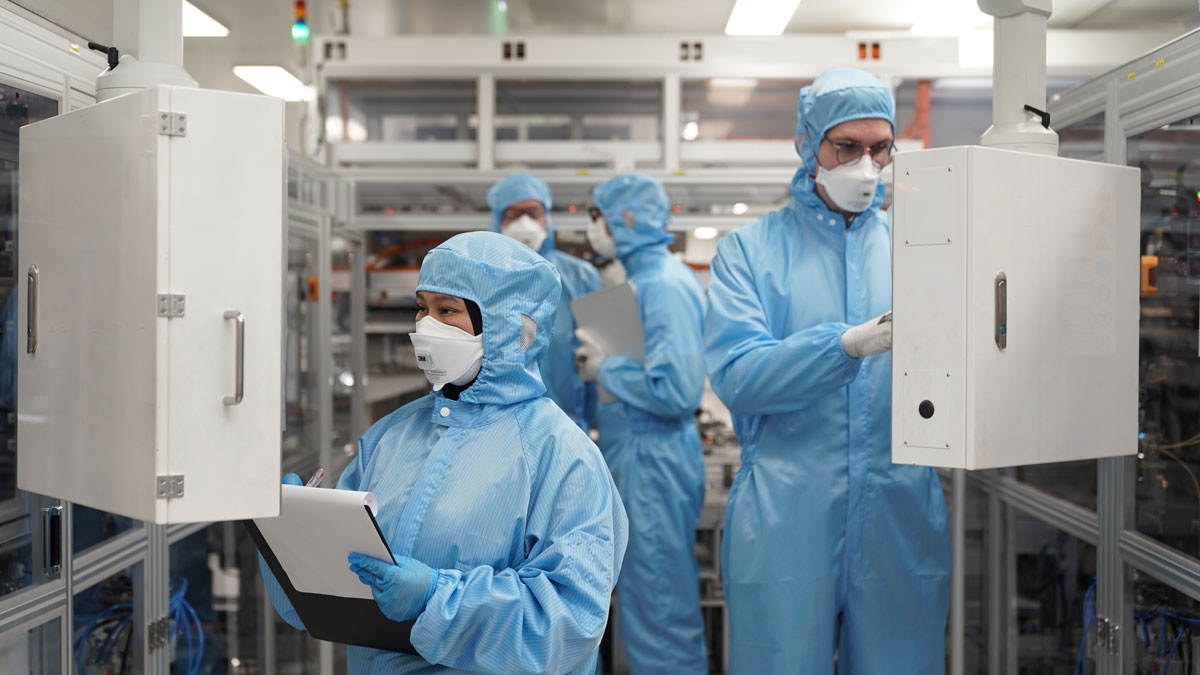Morrow Have Started Battery Cell Production in South Korea
Morrow Batteries has started battery cell production at its technology development centre in South Korea. The company has announced that its Customer Qualification Line (CQL) in Chungju-si is now operational.
“We are delighted to announce another milestone for Morrow Batteries. Following the successful development of an A-sample Lithium iron phosphate (LFP) battery cell earlier this year, we will now be able to produce up to 2.000 final format prismatic cells monthly at our production line in South Korea,” says Morrow CEO Lars Christian Bacher.
CQL is a versatile development asset for Morrow which enables advanced product development, production and qualification of customer samples and training of their engineers and operators close to the equipment suppliers.
The company will move the line back to Norway early next year, where it will be one of just a handful of highly functional prismatic cell development lines in the western hemisphere. The development line mirrors key functionality from the planned gigafactory, like Z-stacking, laser welding and broad flexibility corridors. This conscious design decision is expected to reduce scale-up time, complexity, and cost.
The line uses image-recognition software and artificial intelligence to identify and reject so-called “NG” (Not Good) intermediaries and hi-tech tools for data collection and in-line analysis to reduce scrap rates and increase data resolution. Morrow has invested upwards of EUR 20 million in equipment for the state-of-the-art facility.
The A-sample was the first step towards commercial production of LFP batteries, and the company is on track to start B-sample production in March, followed by the C-sample and mass production in early 2024. Developing a high-energy automotive NMC cell and Morrows next generation LNMO-based cells are also ongoing in the CQL.
Morrow will gradually build a total annual capacity of 43 GWh at its gigafactory in Arendal, equal to batteries for some 600,000 electric vehicles annually.



